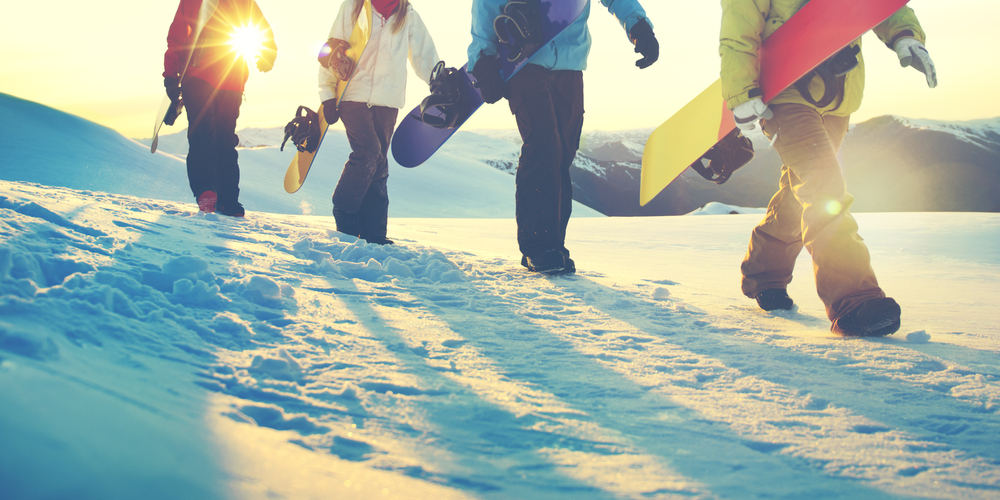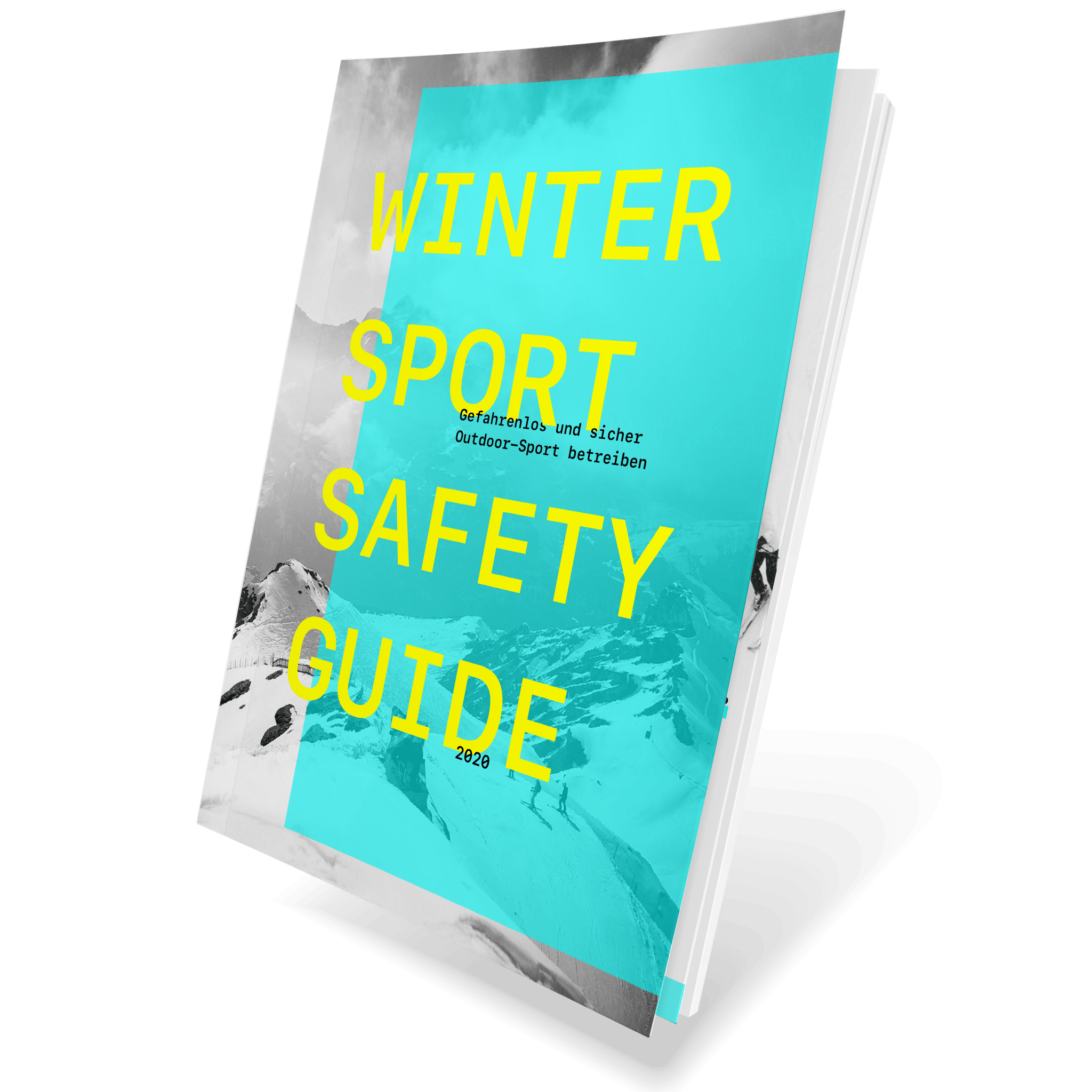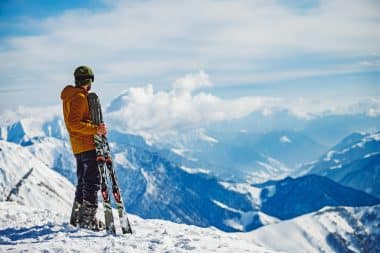
Snowboarding, skiing, ice climbing – hardly any other leisure activity is as varied as outdoor sports in winter. Rapid descents alternate with relaxing hours in the midst of untouched nature. A break from everyday life included. The longing for this tempting mixture of activity and tranquillity attracts millions of winter sports fans to Europe’s ski resorts every year. The scenery is impressive, but holds many dangers. Only those who know the safety requirements in the icy heights can get through the winter sports season unharmed.
Important factors for safe outdoor sports in winter
The greatest danger comes from the cold and the unstable weather in the ski resorts. In addition, the number of winter sports enthusiasts on the slopes is increasing continuously. This makes it all the more important to know and follow the
guidelines for safety in winter sports
.

In order to meet the increasing number of visitors, the operators of the alpine areas drastically strengthened their team of rescue workers. Sportswear manufacturers followed suit and developed equipment that can withstand the freezing temperatures even more reliably.
Winter sports enthusiasts often make the mistake of relying exclusively on their good equipment. Instead, accident-free winter sports are about a targeted combination of different factors.
These are:
- Physical fitness
- Safe and complete equipment
- Personal rules of conduct
- Choosing the right area
- Rules for behavior in the group
Many ski resorts offer safety training courses in which the practical application of the rules is practiced.
Prevent injuries and act correctly in an emergency
The safety rules are made up of measures to prevent accidents and guidelines in the event of an emergency.
The winter sports enthusiast
In the high-altitude ski resorts, the oxygen content of the air is significantly lower than in the lowlands. Physical fitness is therefore a basic prerequisite for avoiding medical emergencies in the mountains. Furthermore, it is important to observe the rules of conduct on the slopes. Consideration for other drivers and a realistic assessment of one’s own skills are essential.
The equipment
The onion look helps against cold and wind. It should consist of three layers (thermal underwear, insulating layer, water-repellent outer clothing). Sunscreen on the face and lips as well as glasses protect against UV rays. A helmet protects the head from injuries caused by falling rocks and ice. The backpack should offer enough space for a first aid kit and food.
The amount of equipment should be tailored to the activity. In addition to the basic equipment, it should include a map and a navigation device for high-altitude ski tours, glacier hikes and ice climbing. Ice axes and crampons provide a secure grip in frozen terrain. An avalanche transceiver, probe and shovel are essential as emergency equipment.
If you want to save a euro or two on equipment, you should take a look at Sport Outlets like Picksport.de .
The ski area

On a panorama board in front of the mountain hut, the weather conditions and avalanche danger should be read off every day. At higher altitudes, weather conditions can change abruptly, so it is advantageous to establish a plan B in advance. In the group, consideration for the weakest member applies. The selection of the slope and the scope of the tour are based on this.
Result
Taking into account the rules of safety and conduct, nothing stands in the way of an accident-free winter sports season. Those who honestly assess their abilities and are considerate of weaker athletes protect themselves and others. In an emergency, suitable equipment, a safe approach in terms of navigation and first aid prevent worse. Taking advantage of the safety courses on site keeps the knowledge fresh and strengthens the feeling for dangerous situations.

